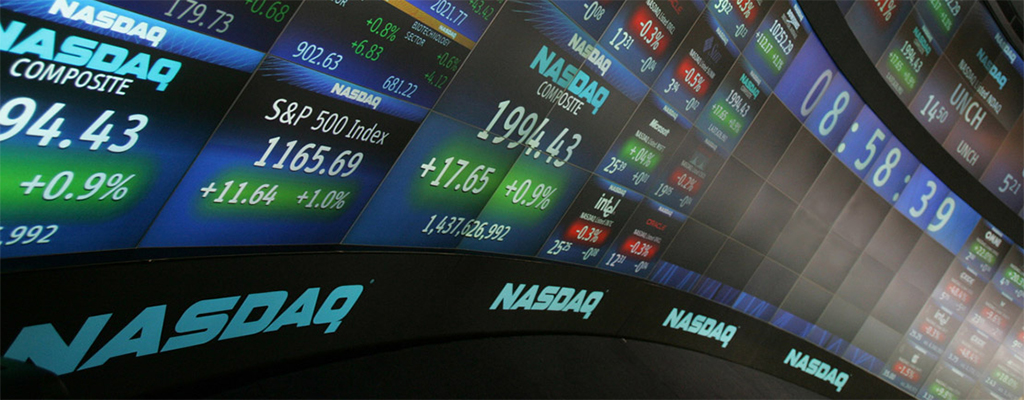Market Overview: A Snapshot of Current Trends
As we approach the end of September, the stock market finds itself in a state of cautious optimism. On Monday, the final trading session of the month, major indices displayed a mixed performance, reflecting the complex dynamics at play in the financial landscape. The Dow Jones Industrial Average, a key barometer of the market, experienced a decline of 109.49 points, settling at 42,203.51 by noon ET. This slight dip comes despite a generally positive month, where the index has gained 1.7% overall.
Index Performance: A Closer Look
The S&P 500, another critical index, showed resilience by regrouping 40 points to reach 5,738.578. This performance highlights the index’s ability to navigate through market fluctuations while maintaining a positive trajectory for the month. Meanwhile, the tech-heavy NASDAQ Composite managed to regain some ground, adding 9.47 points to reach 18,129.06. September has been particularly favorable for the NASDAQ, which has advanced 2.2% this month, showcasing the ongoing strength of technology stocks despite the challenges faced by some major players.
Quarterly Gains: A Strong Finish
Looking at the broader quarterly picture, the Dow has emerged as a standout performer, climbing more than 8% since the beginning of July. The S&P 500 has also shown solid gains, up 5%, while the NASDAQ has added 2% over the same period. These figures indicate a robust performance across the board, suggesting that investors have been generally optimistic about the economic outlook and corporate earnings.
The Changing Landscape of Tech Stocks
However, not all is well in the tech sector. Nvidia, a company that has been a darling of investors for over a year, is on track to record its first losing quarter since 2022. This shift underscores a broader reevaluation of mega-cap technology stocks, as investors begin to reassess their positions in light of changing market conditions. The once-unwavering confidence in these tech giants is now tempered by a more cautious approach, reflecting the volatility that can accompany rapid growth.
October’s Historical Volatility
As we look ahead to October, market participants are reminded of the month’s notorious reputation for volatility. Historically, October has been a time when significant market drawdowns have occurred, leading to heightened caution among investors. This backdrop of uncertainty adds an additional layer of complexity to trading strategies as participants brace for potential fluctuations.
Treasury Yields and Oil Prices
In the bond market, prices for the 10-year Treasury have sagged, resulting in a rise in yields to 3.78%, up from 3.75% on Friday. This inverse relationship between prices and yields is a critical factor for investors to consider, as rising yields can impact borrowing costs and, consequently, economic growth.
Meanwhile, oil prices have shown a positive trend, gaining 90 cents to reach $69.08 per barrel. This increase reflects ongoing concerns about supply and demand dynamics in the energy sector, which can have far-reaching implications for inflation and consumer spending.
Gold Prices: A Decline in Value
On the commodities front, gold prices have taken a hit, dropping $13.00 to settle at $2,655.10 per ounce. This decline may indicate a shift in investor sentiment, as gold is often viewed as a safe haven during times of uncertainty. As market conditions evolve, the interplay between gold and other asset classes will be closely monitored by investors seeking to navigate the complexities of the current economic environment.
Final Thoughts
As we wrap up September and look forward to October, the market remains a tapestry of opportunities and challenges. Investors are advised to stay informed and agile, ready to adapt to the ever-changing landscape of the financial markets. With a mix of optimism and caution, the coming weeks will undoubtedly be pivotal in shaping the trajectory of stocks and other asset classes.
